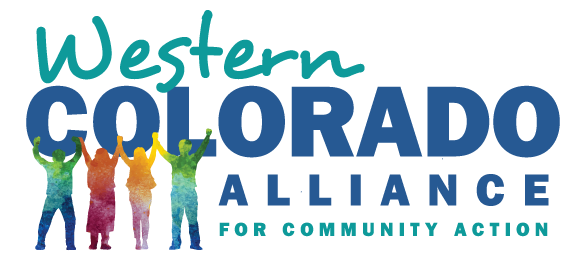- An Alliance For Community Action
- (970) 256-7650
- info@WesternColoradoAlliance.org
A deeper dive into the new HB21-1266
House Bill 21-1266 has changed in some ways as a result of the failure of Senate Bill 21-200. What can we now expect from this this bill?
Advancing Environmental Justice
● Eliminates the “polluter pay” loophole that exempted greenhouse gas emissions from pollution fees.
● Creates an independent ombudsperson and creates an independent environmental justice advisory board.
● Allows pollution penalties to be invested back into disproportionately impacted communities.
● Requires additional monitoring and modeling for all pollution permits that are issued in disproportionately impacted communities.
● Defines “disproportionately impacted community” using both quantitative and qualitative factors, and establishes minimum requirements for outreach to and engagement of these communities.
● Establishes the “Environmental Justice Action Task Force” made up of members from local communities, tribal governments, government agencies, and organizations.
● Requires the creation of a comprehensive, statewide environmental justice plan by Nov 2022, including tangible measures to incorporate cumulative impacts analysis into decision-making and to ensure that harms are not only identified but are avoided.
Reducing Pollution
● Electricity sector — requires every utility with significant emissions that is not already required to file a plan to reduce emissions at least 80% by 2030, clarifies what happens if utilities fail to submit plans or are off track, and provides new tools to accelerate near term reductions from the power sector.
● Oil and gas sector — requires a rulemaking by January 1, 2022 to reduce emissions 48% by 2025 and 60% by 2030 and the design of rules to prioritize near-term reductions.
● Industrial and manufacturing — requires a rulemaking at the AQCC to reduce emissions at least 20% by 2030 and requires the design of the rules to accelerate near term reductions and secure meaningful reductions in pollution from this sector no later than 2025.


